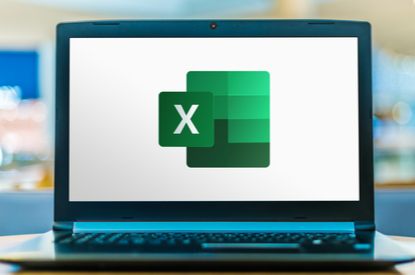
Intermediate Microsoft Excel
Broaden your Excel skills through our online course, which covers pivot tables and charts, data validation, and conditional formatting.
Overview
The Intermediate Microsoft Excel course provides insight into some of the more advanced functions of Excel for anyone looking to develop their Excel skills further. From pivot tables and charts, to functions and formulas, you’ll be equipped with the knowledge and skills you need to work with Excel on a more advanced level both at home and at work.
More detail
Course syllabus
Module 1: Intermediate Microsoft Excel
- Course Introduction
This unit provides an introduction to the Intermediate Microsoft Excel course, outlining the structure of the course and explaining how the following units cover key Excel concepts and skills.
- Pivot Tables & Charts
We begin with an overview of pivot tables and pivot charts, demonstrating how to insert, edit, and use them effectively in Excel, as well as the advantages they offer for data analysis.
- Data Validation
This unit introduces data validation, covering what it is, the various types available, and how to set validation rules to ensure data accuracy and consistency in spreadsheets.
- Conditional Formatting
Here we explain conditional formatting, its purpose, and the rules you can apply to highlight key information within your data. You’ll also learn how to use this feature to make your spreadsheets more intuitive.
- Sparklines
This unit explores sparklines—miniature charts within cells—and explains their types, how to create them, and how they can be used to visualise trends conveniently within your data.
- Text to Columns
We examine the Text to Columns function, covering what it does, how to apply it effectively to separate data into different columns, and its practical advantages in data handling.
- Functions & Formulas
In the final unit, we explore the difference between functions and formulas, how to use common Excel functions, and how to write your own formulas to streamline and enhance your data tasks.
Obtaining your certificate
You will need to pass a multiple-choice exam at the end of the course in order to gain your accreditation. Once passed, we will send your official certificate by email.
